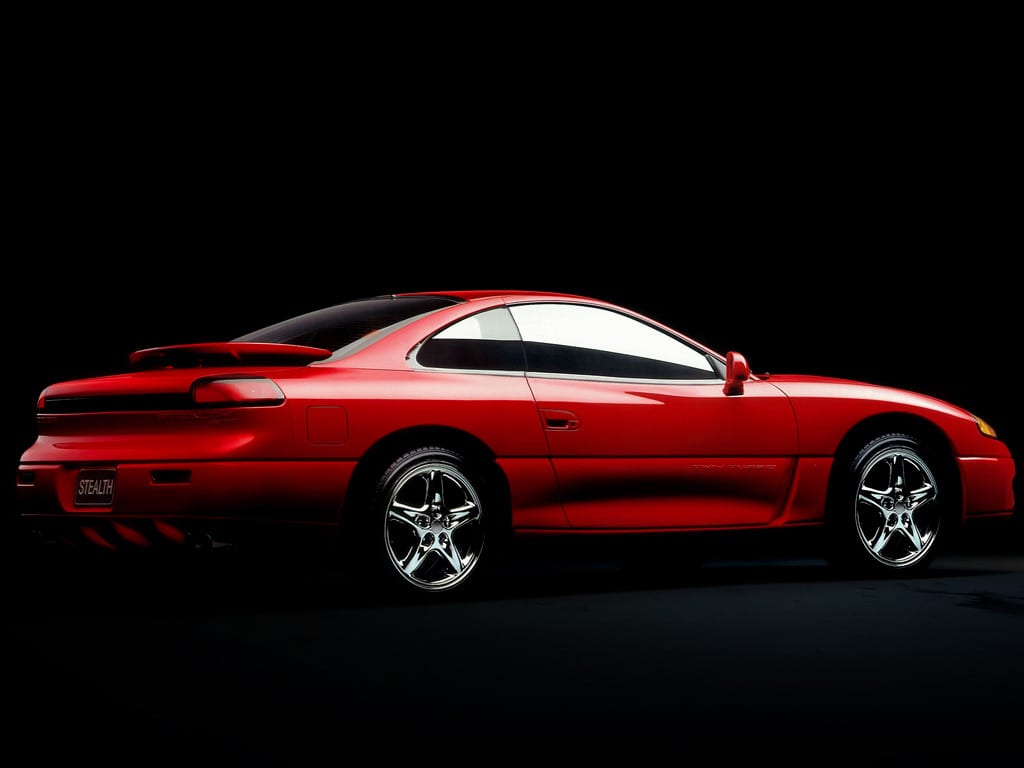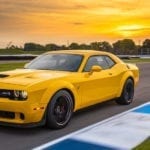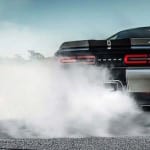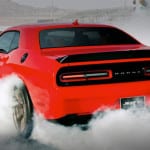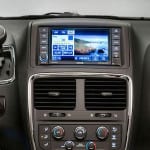It’s no secret that two heads are better than one.
History is rife with famous partnerships: Lewis and Clark, Bonnie and Clyde, Sonny and Cher, Simon and Garfunkel, Bert and Ernie…the list goes on and on and the automotive industry is no stranger to strategic partnerships.
Take a look at the Dodge Stealth, created by the joint forces of Dodge and Mitsubishi, an American-Japanese automotive alliance that produced one chic sports car.
Manufactured between 1991-1996, you can check any Dodge dealership for a used Dodge Stealth, and experience the real beauty of collaboration.
A Profitable Partnership
In the early 1990s, Chrysler Dodge partnered with Mitsubishi to design and manufacture a sport coupe that combined the best of what each manufacturer had to offer.
The result was the Dodge Stealth, short-lived but seriously popular.
Really, the Dodge Stealth was a restyled Mitsubishi 3000GT, and admittedly not much more than that in the way of innovative design.
According to Chrysler’s official announcement at the time, “Stealth’s design is the result of the collaborative effort between Chrysler and its Japanese partner, Mitsubishi Motors Corp.”
Also sold as the Mitsubishi 3000GT, the car was rebadged as the Dodge Stealth for sales in the United States. It was common practice in the 90s for manufacturers to collaborate and produce two similar, yet different cars together. If you look close enough, you can see just how similar the Stealth and 3000GT truly are.
Available in four trim levels: base, ES, R/T, and R/T Twin Turbo, the Dodge Stealth was aerodynamic, boasting a 0.33 drag coefficient.
Depending on the trim level, the Dodge Stealth came with either front-wheel or all-wheel drive.
While the base models were reportedly more for show than speed, the R/T and R/T Twin Turbo punched up the power and presented cars like the Ford Mustang and Chevrolet Camaro with some competition.
Although it wasn’t wildly innovative, the Stealth was a crowd-pleaser, offering enough in the way of customization to meet a variety of driving demands.
When it came to competition, what the Stealth lacked in innovation it made up for with respect to affordability, compared to other sports cars on the market during the mid-nineties.
Take Your Pick
When it came to trim levels on the Dodge Stealth, the consumer had some options.
The front-wheel drive base model was equipped with a 3.0-liter V6 engine, able to get 164 horsepower with 185 lb.-ft. of torque, and was operated by either a four-speed automatic or five-speed manual transmission.
Compared to the other three trim levels, the base model was somewhat superficial, offering much in the way of sleek looks, but little else in the way of substantive innovation or features.
Moving up the line, the ES models were front-wheel drive and came as either five-speed manual or four-speed automatic transmissions.
Taking to the road on 16-inch alloy wheels, the ES shared the same drivetrain as the R/T, a 24-valve DOHC, boosted over the base model with 222 horsepower and 201 lb.-ft. of torque.
But, in 1993, preparing for its first makeover, the collaborative Dodge-Mitsubishi team dropped the ES from the available trim levels.
Unlike the ES, the R/T model sported larger, 17-inch alloy wheels, along with a rear spoiler, anti-lock brakes, air conditioning, an upgraded sound system, and power accessories, to complement its “pinched-waist” looking body kit, and also came available with five-speed manual or four-speed automatic transmission.
While these were popular enough, if you’re considering looking for a Dodge Stealth now, you’re best bet would be to track down the fourth trim level, which offered far more speed and power than the other three.
Dodge Stealth R/T Twin Turbo
During the mid-nineties, if you wanted a year-round sportscar, then the ultimate trim level for you would have been the all-wheel drive R/T Twin Turbo, with standard five-speed manual and four-wheel steering.
The same would hold true today, which is why the R/T Twin Turbo model is really the only Dodge Stealth worth buying now.
All-wheel drive wasn’t seen nearly as often on sports cars in the 1990s compared to today, which made the Dodge Stealth R/T Twin Turbo even more unique.
And it was also the fastest of the Dodge Stealth models, the one that best delivered the sportscar promise of sporty speed.
At 300 horsepower with 307 lb.-ft. of torque, the Dodge R/T Twin Turbo could move from zero to sixty miles per hour just a hair above five seconds. For comparison, it was about half a second faster than the 1993 Ford Mustang Cobra, which was Ford’s top-of-the-line pony car at the time.
Even in today’s standards, the Stealth R/T Twin Turbo was about as fast as the current generation 2015 Ford Mustang EcoBoost. The difference is the Stealth has been out of commission for over 20 years. That shows you just how much ahead of its time the Stealth and 300GT were.
Overall, however, that might not seem like much in our current climate; however, this was incredible speed at that time and remember, it was was transmitted to all four wheels.
In 1994, the entire Dodge Stealth line got a full makeover, except for the abandoned ES model.
Projector units replaced the pop-up headlights and all interiors received a second airbag.
That makeover resulted in the R/T Twin Turbo manufactured standard with leather interior, an additional sixth gear added to the gearbox, upgraded brakes, and a horsepower boost to 320 miles per hour.
For the 1994 model year, the R/T Twin Turbo was also given larger, 18-inch alloy wheels.
A rear spoiler and body-colored roof, with optional chrome wheels marked the 1996 final production year of the Stealth’s run on American highways and byways.
And while it may gone from production lines, it is anything but forgotten, and already considered by some worthy of classic car status.
Yellow Flagged
It’s interesting to note that the 1991 Dodge Stealth R/T Twin Turbo was chosen to be the Indy 500 pace car.
But because it is technically a Japanese manufactured vehicle – all Dodge Stealth models are built in Nagoya, Japan – Indy enthusiasts and the United Auto Workers (UAW) rejected the idea of a Japanese car pacing “America’s Race.”
The Dodge Stealth was quickly replaced by a Dodge Viper, driven by Carroll Shelby.
Persistent Popularity
However, on the roads, the Dodge Stealth, specifically, the Dodge Stealth R/T Twin Turbo, was favorably reviewed and compared to the Ford Mustang, Chevrolet Camaro, and Firebird.
It was more budget friendly, with the average MSRP in the $30,000 range. For how ahead of its time it was, that’s a bargain compared to many sports cars today.
Between its pleasing style and competitive performance, the Dodge Stealth is poised to soon be considered a classic car, because it is both a desirable and increasingly rare find.
